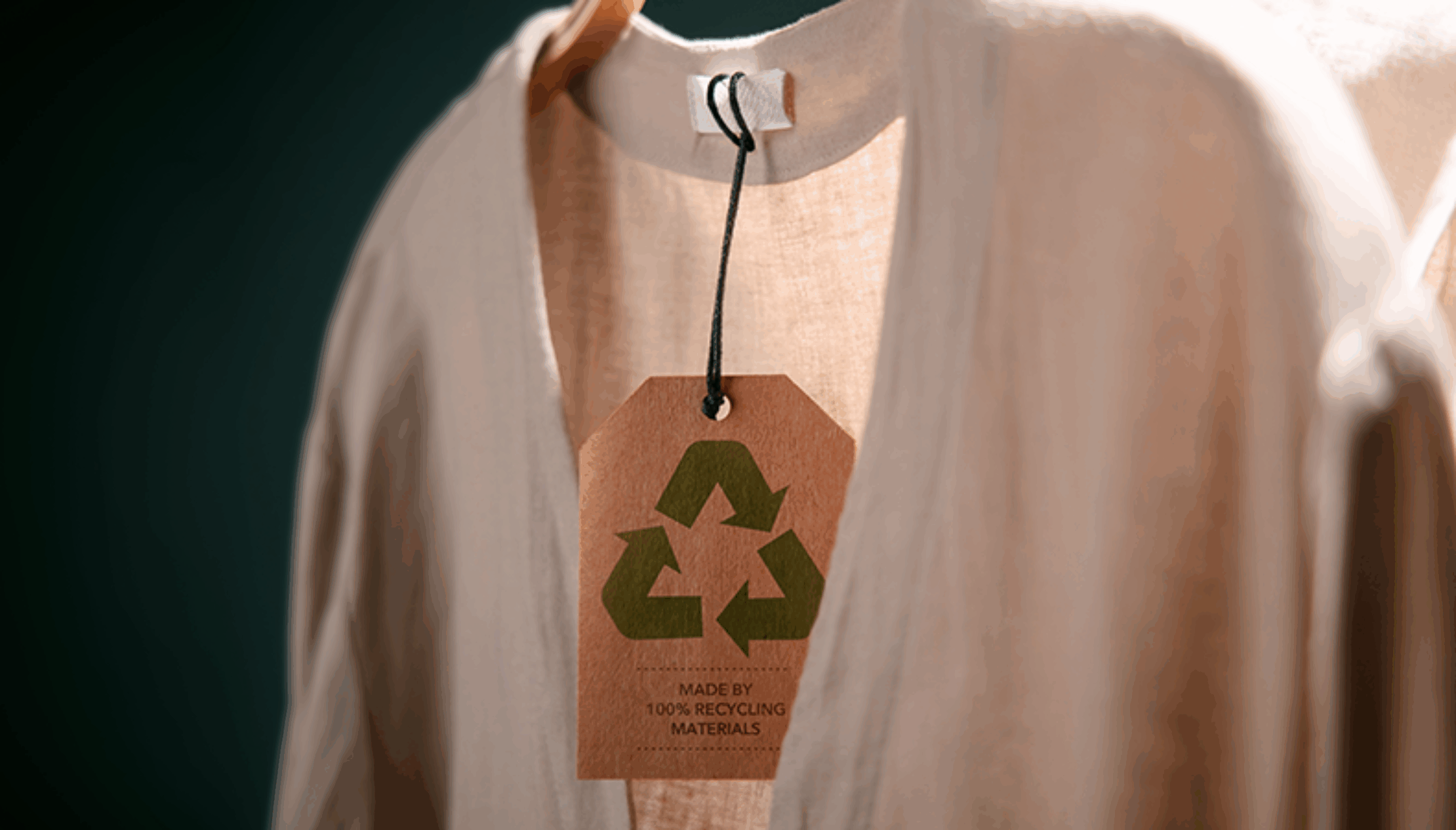
Regulation guidance: Ecodesign for Sustainable Products Regulation
Become a FESPA Member
to Continue Reading
What is the Ecodesign for Sustainable Products Regulation, how will it affect printers and what do you need to do to ensure compliance? Rachel England outlines everything you need to know.
The Ecodesign for Sustainable Products Regulation (ESPR) entered into force in July 2024 and sits at the heart of the EU’s Green Deal. The ESPR establishes a framework for the ecodesign requirements of virtually all physical products. This is intended to improve the circularity, energy performance, recyclability and durability of products put on the EU market.
Michelle Walsh, Senior Regulatory Compliance Specialist at Compliance & Risks, says that the legislation is “extremely ambitious”.
“Traditionally ecodesign only covered energy efficiency; however, the ESPR covers much more,” she says. “The main concerns for business and industry relate to how they are going to deal with new requirements under the ESPR such as the carbon and environmental footprint, traceability, minimum recycled content, substances of concern and the introduction of the new digital product passport.”
The EU hasn’t yet set standardised data requirements for the regulation, but its key aims include: Improving product durability, reusability, upgradability and reparability Enhancing the possibility of product maintenance and refurbishment Making products more energy and resource-efficient Addressing the presence of substances that inhibit circularity Increasing recycled content Making products easier to remanufacture and recycle Setting rules on carbon and environmental footprints Limiting the generation of waste Improving the availability of information on product sustainability Core pillars of the ESPRThe regulation establishes three key requirements.
Digital product passports (DPPs)Every product that falls within scope of the ESPR will be required to have a Digital Product Passport (DPP). This is a ‘digital identity card’ that contains information about the product’s components, materials, supply chain, circularity and life-cycle analysis.This information will be accessible electronically, making it easier for consumers, manufacturers, and authorities to make more informed decisions related to sustainability, circularity and regulatory compliance. Rules against destroying unsold products
Intended to tackle the large volumes of waste arising from the fashion and textile industry, the ESPR introduces a ban on the destruction of unsold textiles and footwear (and paves the way for similar bans in other sectors if evidence shows they are needed).It will also require large, and eventually medium-sized, companies across all product sectors to disclose annual information on unsold consumer products on their website, such as the number and weight of products they discard.…...